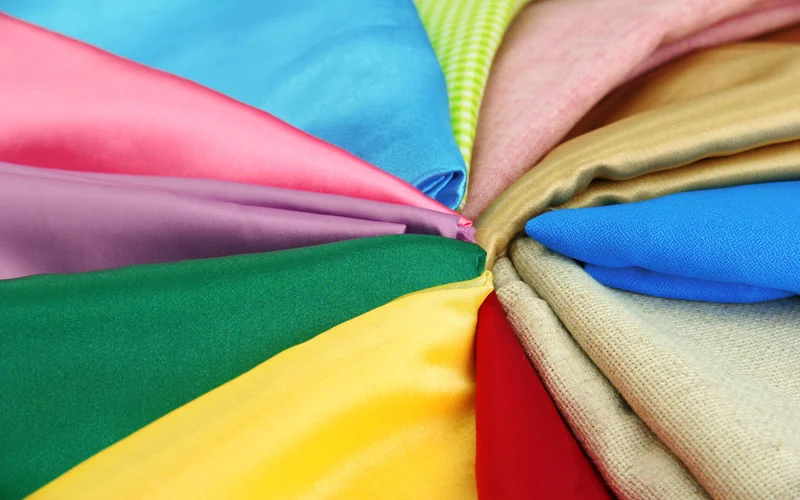Why Fabric Selection Matters in Logo Digitizing?

In the realm of embroidery, logo digitizing is an essential process that transforms a design into a format readable by embroidery machines. However, one aspect that often gets overlooked is the importance of fabric selection in this process. The type of fabric chosen can significantly impact the outcome of the embroidered logo, affecting its appearance, durability, and overall quality. In this article, we delve into why fabric selection matters in logo digitizing and how it can make a difference in the final product.
1. Impact on Design Clarity and Detail
The choice of fabric plays a crucial role in determining how clear and detailed the embroidered logo will appear. Different fabrics have varying textures, densities, and weights, which can affect how well the stitches hold and how defined the design appears. For instance, a dense and tightly woven fabric such as canvas or denim may support intricate details better than a loose-knit fabric like jersey or mesh. When digitizing a logo, considering the fabric’s texture and density helps ensure that the design translates effectively without losing its clarity or fine details.
2. Stitch Density and Fabric Stability
Stitch density refers to the number of stitches per unit area in an embroidered design. The type of fabric chosen can influence the appropriate stitch density required to achieve optimal results. For example, lightweight fabrics like silk or satin may require lower stitch density to prevent puckering or distortion, while thicker fabrics like fleece or leather may need higher stitch density for better coverage and stability. By selecting the right fabric for the intended application, digitizers can adjust the stitch density accordingly, ensuring that the embroidered logo maintains its integrity and stability over time.
3. Color and Material Compatibility
The color and material of the fabric can also impact the appearance of the embroidered logo. Certain fabrics may absorb or reflect light differently, affecting how colors appear when embroidered onto them. Additionally, some fabrics may be more prone to color bleeding or fading when exposed to heat, moisture, or chemicals during the digitizing and embroidery process. By considering the colorfastness and compatibility of the fabric with the chosen thread colors, digitizers can ensure that the final embroidered logo retains its vibrancy and aesthetic appeal, even after multiple washes or prolonged use.
4. Durability and Longevity
Another crucial factor to consider when selecting fabric for embroidery logo digitizing is its durability and longevity. The fabric’s ability to withstand repeated embroidery, washing, and wear-and-tear impacts the overall lifespan of the embroidered logo. Fabrics with strong fibers and tight weaves, such as twill or polyester blends, tend to hold up better over time compared to delicate or loosely woven fabrics. By choosing a durable fabric that can withstand the demands of the intended application, digitizers can ensure that the embroidered logo remains intact and retains its quality for an extended period.
5. Compatibility with Embroidery Techniques
Different embroidery techniques, such as appliqué, 3D puff, or metallic thread embroidery, require specific fabric properties to achieve optimal results. For instance, appliqué embroidery involves layering fabric pieces onto a base fabric, requiring a stable and fray-resistant fabric for the base. Similarly, 3D puff embroidery requires a dense and resilient fabric that can support the raised effect created by foam or padding underneath the stitches. By selecting fabrics that are compatible with the chosen embroidery techniques, digitizers can ensure that the final result meets the desired aesthetic and structural requirements.
Designing with Honeycombed Concrete: Creative Ideas for Architects
In conclusion, fabric selection is a critical aspect of logo digitizing that significantly impacts the quality, appearance, and longevity of the embroidered logo. By considering factors such as design clarity, stitch density, color compatibility, durability, and embroidery technique compatibility, digitizers can make informed decisions when selecting the most suitable fabric for the intended application. By choosing the right fabric, digitizers can ensure that the embroidered logo not only looks visually appealing but also withstands the test of time, maintaining its quality and integrity for years to come.






